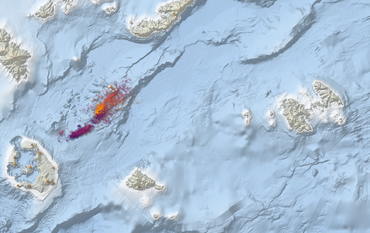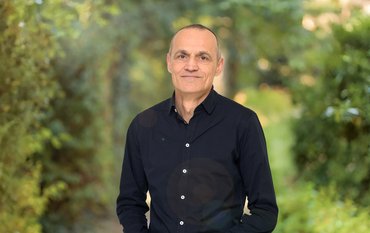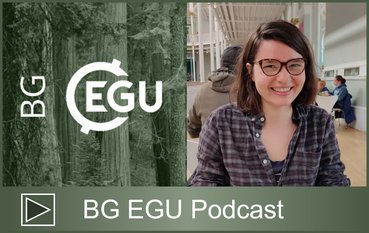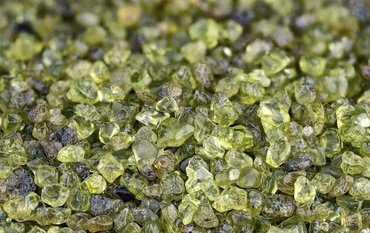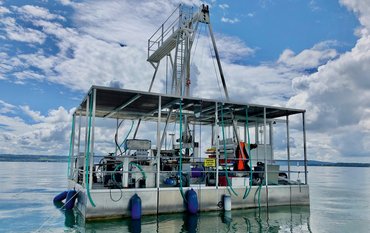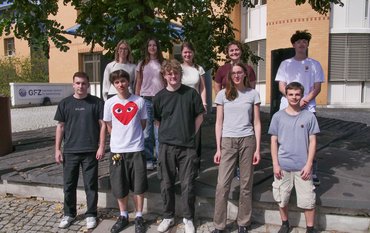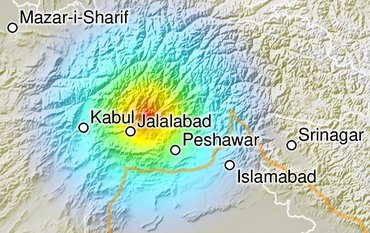2./3. April 2014: This Wednesday morning the Russian Vernadsky Foundation launches the „International Year 2014“ with a two day event in Potsdam. Approx. 40 Russian and German representatives from science, politics and administration have come together to participate in a joint conference organized by the GFZ German Research Centre for Geosciences and the Moscow Office of the Helmholtz Association. Future opportunities for bilateral cooperation in sustainability research as well as the promotion of young researchers will be explored within the framework of lectures and joint discussions.
The Foundation, named after the Russian geoscientist Wladimir Iwanowitsch Vernadsky, is a UNESCO registrated non-government organization committed to the promotion and popularization of the idea of ecological sustainability. In its work to date the Foundation has concentrated primarily on Russia, however, desires to become more internationally involved in the future and sees the Helmholtz Association as one of its key partners in this respect.
A central event is a Science Dialog on the topic of “Energy and Environment: New Challenges for Society, Science and the Economy” being held on 03 April, 2014 at 19.00 hrs. in the Brandenburg State Chancellery in Potsdam, organized in cooperation with the German–Russian Forum. In addition to Prof. Dr. Sabine Kunst, Minister for Science, Research and Culture of the State of Brandenburg, the former Minister-President and newly elected Chairman of the Board of the German-Russian Forum, Matthias Platzeck, as well as the Scientific Executive Director of the GFZ, Prof. Dr. Reinhard Hüttl, will be taking part in this event.
Contact:
Dr. Ludwig Stroink
Helmholtz Zentrum Potsdam - GFZ Deutsches GeoForschungsZentrum
Leiter „Internationale Beziehungen“
Tel: 0331 288 1070
e-mail: stroink@gfz-potsdam.de
The image in a printable resoluition can be found HERE.

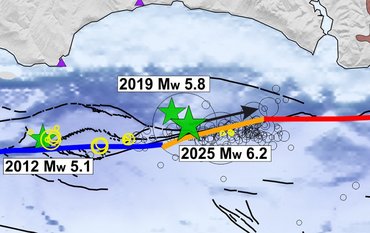
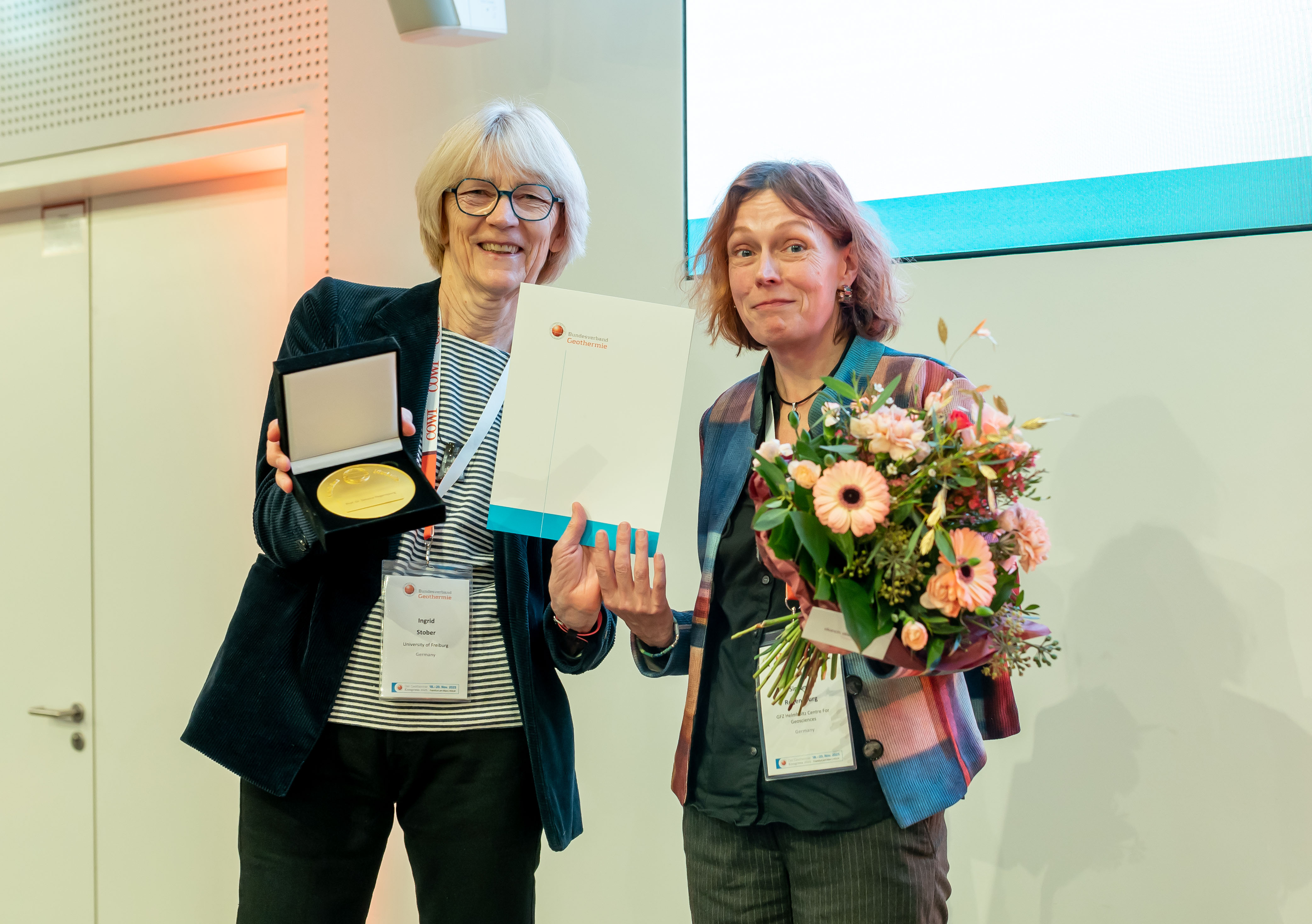
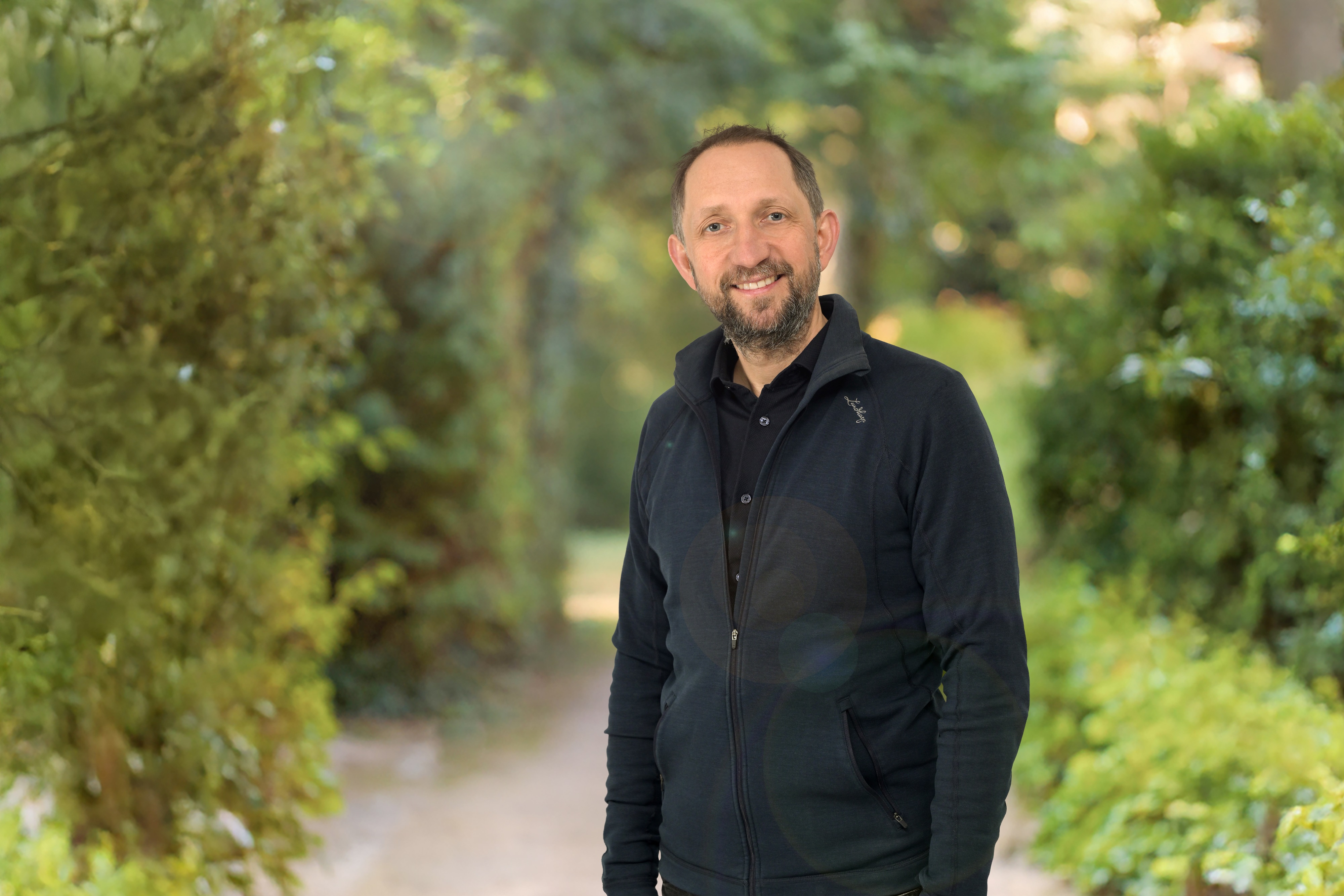
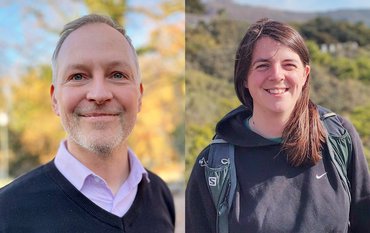
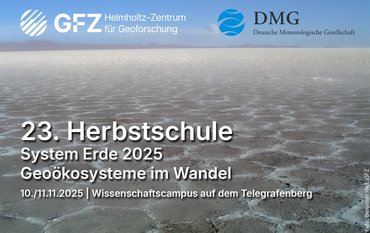
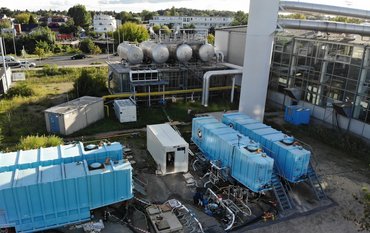
![[Translate to English:] Group photo with 8 people in a seminar room in front of a screen.](/fileadmin/_processed_/2/1/csm_20251114_News_EU-Water-Resilience-Exchange_Kreibich_c-xx_db4e5be690.jpeg)
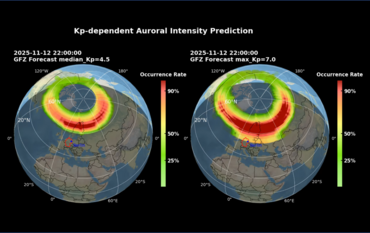
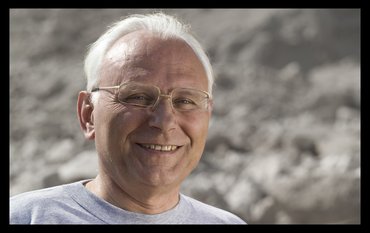
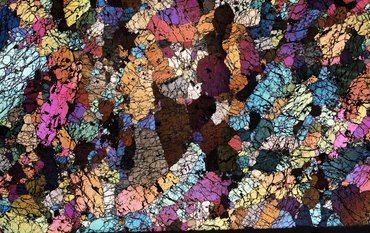
![[Translate to English:] Portrait photo, blurry background](/fileadmin/_processed_/a/2/csm_2025_11_06_JEAN_BRAUN_HE_Helmholtz_Portraits-23_2b5c35beee.jpeg)
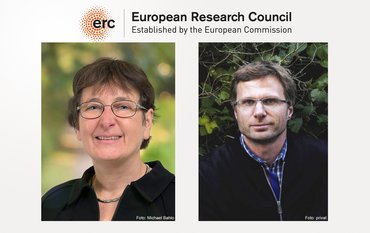
![[Translate to English:] Excerpt from a map of the Phlegraean Fields near Naples, Italy: Left: Red dots mark smartphone sensors, yellow triangles mark fixed seismological stations. Right: The area is coloured in shades of yellow, red and purple according to the amplification of seismic waves.](/fileadmin/_processed_/3/b/csm_20251028_PM_Smartphone-Earthquake_Slider_12500fa0e6.jpeg)
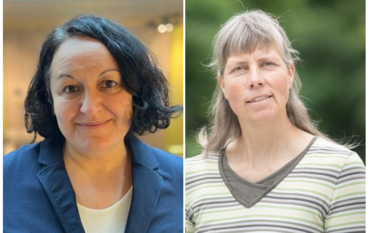
![[Translate to English:] Green background, portrait of Heidi Kreibich](/fileadmin/_processed_/1/1/csm_20251023_Kreibich-Heidi-2025-Vollformat-green_web_-c-Michael-Bahlo_72946c7fe4.jpeg)
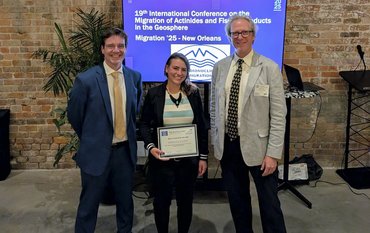
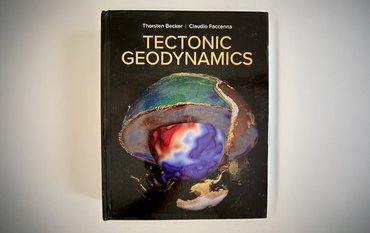
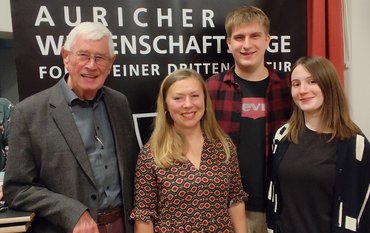
![[Translate to English:] semicircle depicting the future missions, graphics of the new satellites](/fileadmin/_processed_/3/d/csm_2025_10_08_Copernicus_Erweiterung_3f08a76a33.png)
![[Translate to English:] Portrait picture](/fileadmin/_processed_/f/4/csm_Magnall-Joseph-Kachel-c-privat_36e23315c3.jpeg)

